As the holiday shopping rush begins, parents want gifts that are fun, age-appropriate and — most importantly — safe. But with so many new products on store shelves and online marketplaces, it can be hard to tell the difference between a safe toy and one that could put a child at risk. Here’s what parents need to know when picking toys this season.
Common toy hazards to watch out for
Every year, the U.S. Public Interest Research Group releases its annual Trouble in Toyland report, which details the most dangerous toys of the year. Some of the top concerns this year include:
- Lead exposure in certain toys, which is especially dangerous for babies and young children.
- Small parts that can break off or detach, posing choking risks even for older kids.
- Privacy-invasive smart toys that record audio, collect images or track a child’s behavior without strong parental controls.
- AI-enabled chatbot toys that may give unsafe or inappropriate answers or pressure kids to keep interacting.
- Toxic chemicals like phthalates, often found in plastics, vinyl and soft toy materials.
- Counterfeit or untested toys sold by third-party online sellers, which may not follow U.S. safety standards.
- Recalled toys that are still being resold on online marketplaces or through secondhand listings.
- High-powered magnets that can cause serious internal injuries if more than one is swallowed.
- Excessively loud toys that may contribute to hearing loss over time.
- Battery-powered toys and chargers that can overheat and cause burns or fires.
- Water beads (like Orbeez) that start tiny but expand dramatically when wet, creating a risk for intestinal blockages if swallowed.
Tips for choosing safe toys for kids
Parents can reduce toy injuries by looking for products that match a child’s age and developmental stage. Use these simple steps when shopping:
- Read warning labels carefully, and show children how to use the toy safely.
- Avoid toys that shoot projectiles or make very loud sounds.
- Choose well-constructed stuffed animals that are machine-washable and do not contain small pellets or bean-like fillings.
- Look for sturdy plastic toys and avoid thin, brittle plastics that break easily.
- Skip chemistry sets and hobby kits for children younger than 12, since they may involve heat sources or chemicals.
- Check for recalls by visiting the Consumer Product Safety Commission (CPSC) website before buying — especially for online deals or secondhand toys.
- Be cautious with smart toys, and check privacy settings, data-collection practices and whether the toy can be used without creating an online account.
- Stick with reputable retailers and avoid unknown third-party sellers who may offer counterfeit products.
The bottom line
Safe toys help kids play, learn and explore without unnecessary risk. By paying attention to labels, avoiding common hazards and checking for recalls, parents can feel confident that the gifts they choose will bring joy — not danger — this holiday season.
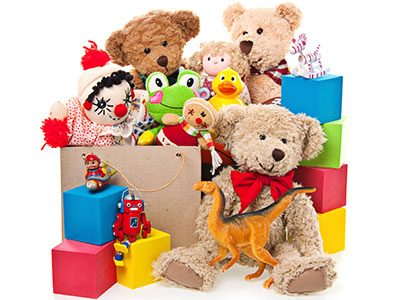 https://riseandshine.childrensnational.org/wp-content/uploads/2017/12/Box-Full-of-Toys-and-Stuffed-Animals-feature.jpg
300
400
Rise and Shine
https://riseandshine.childrensnational.org/wp-content/uploads/2017/11/childrens_riseandshine_logo.jpg
Rise and Shine2025-11-14 07:00:562025-11-14 13:06:16A guide to safe versus unsafe gifts for kids
https://riseandshine.childrensnational.org/wp-content/uploads/2017/12/Box-Full-of-Toys-and-Stuffed-Animals-feature.jpg
300
400
Rise and Shine
https://riseandshine.childrensnational.org/wp-content/uploads/2017/11/childrens_riseandshine_logo.jpg
Rise and Shine2025-11-14 07:00:562025-11-14 13:06:16A guide to safe versus unsafe gifts for kids


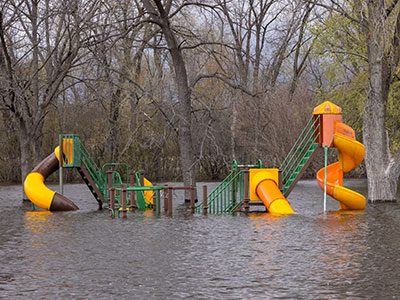

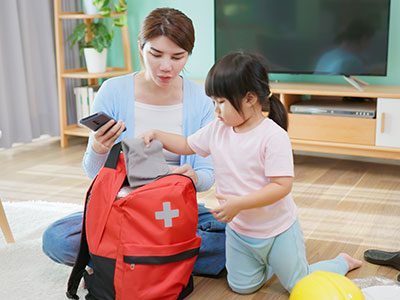




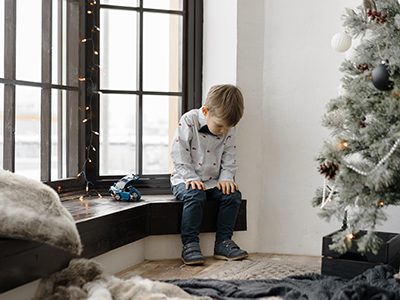
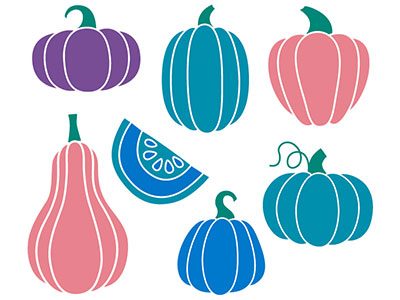

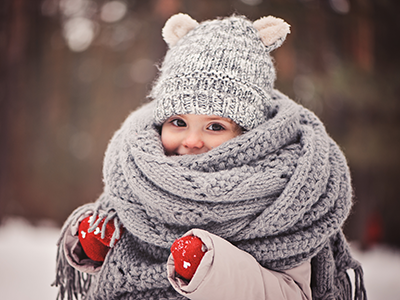
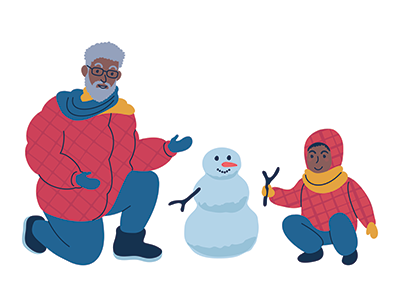
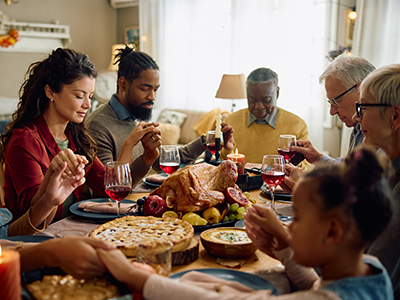

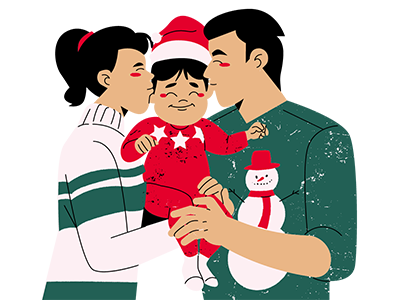
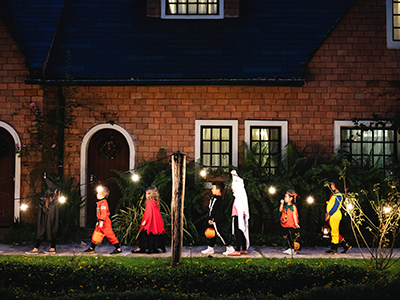
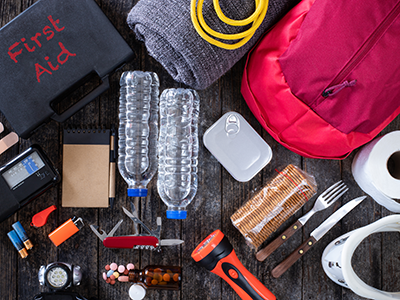
Leave a Comment
Want to join the discussion?Feel free to contribute!